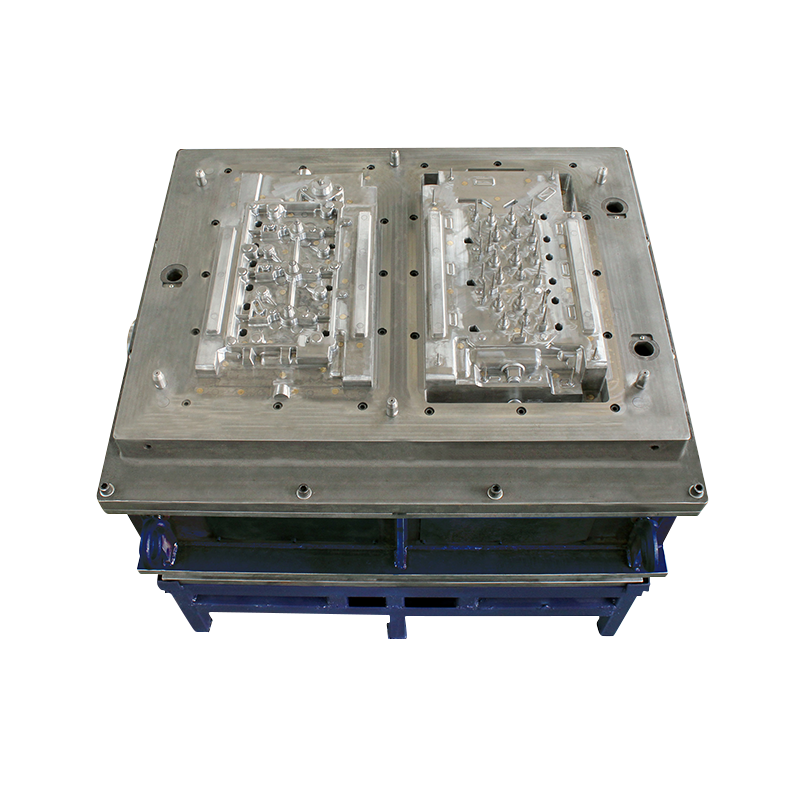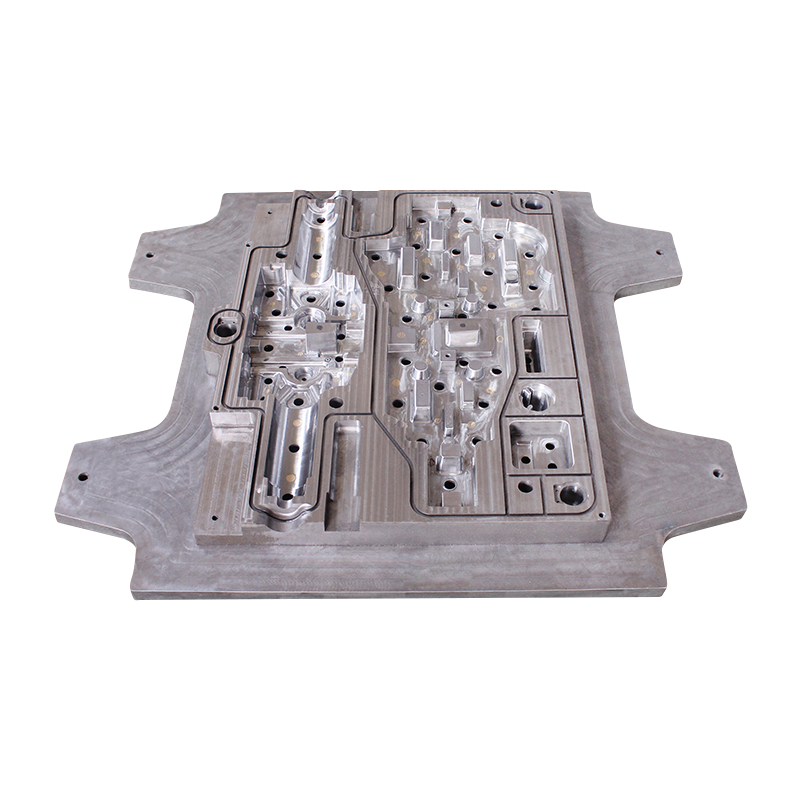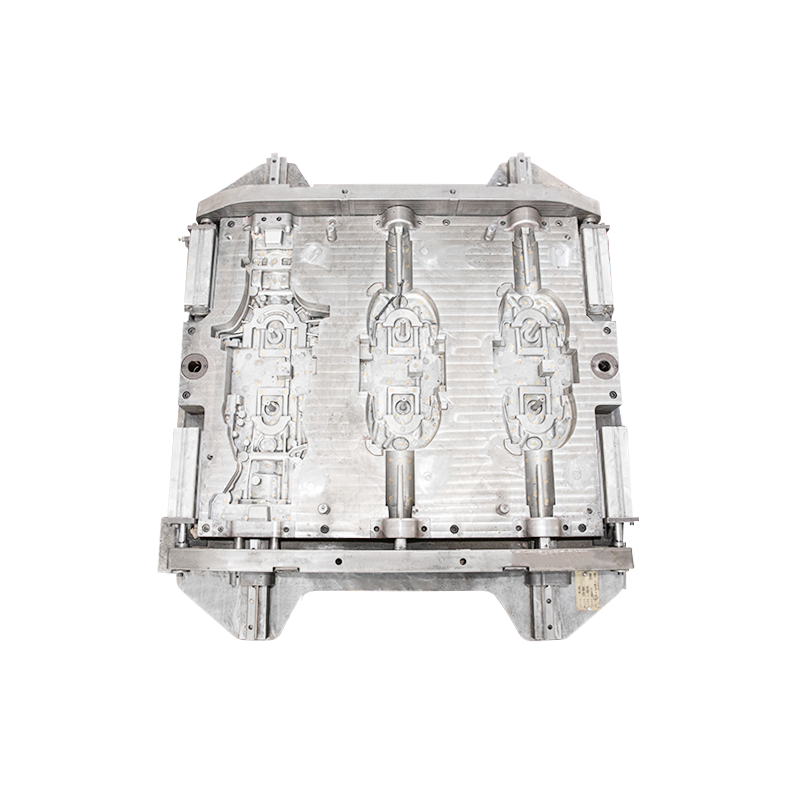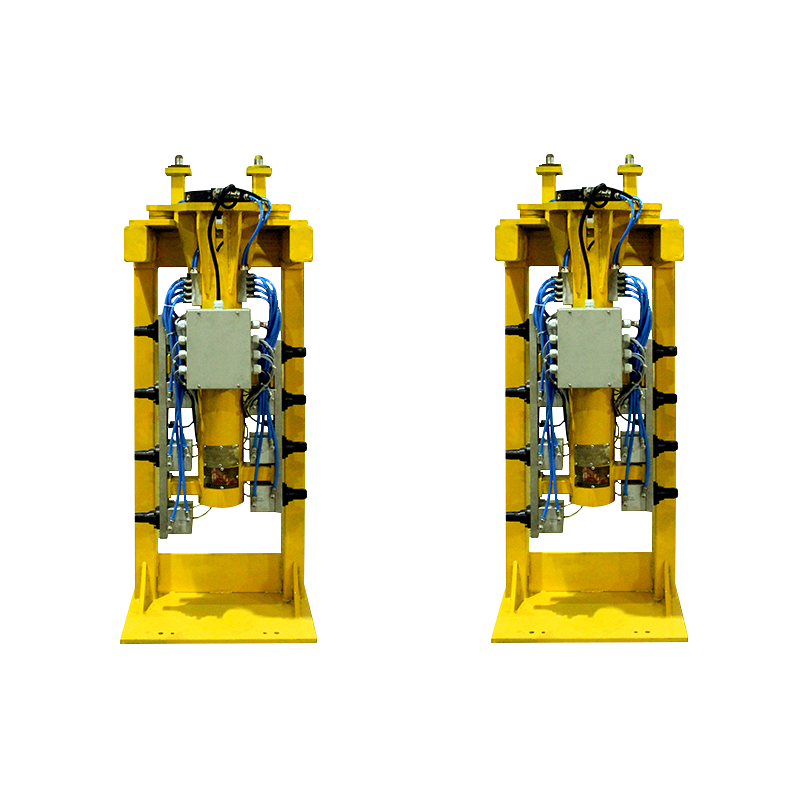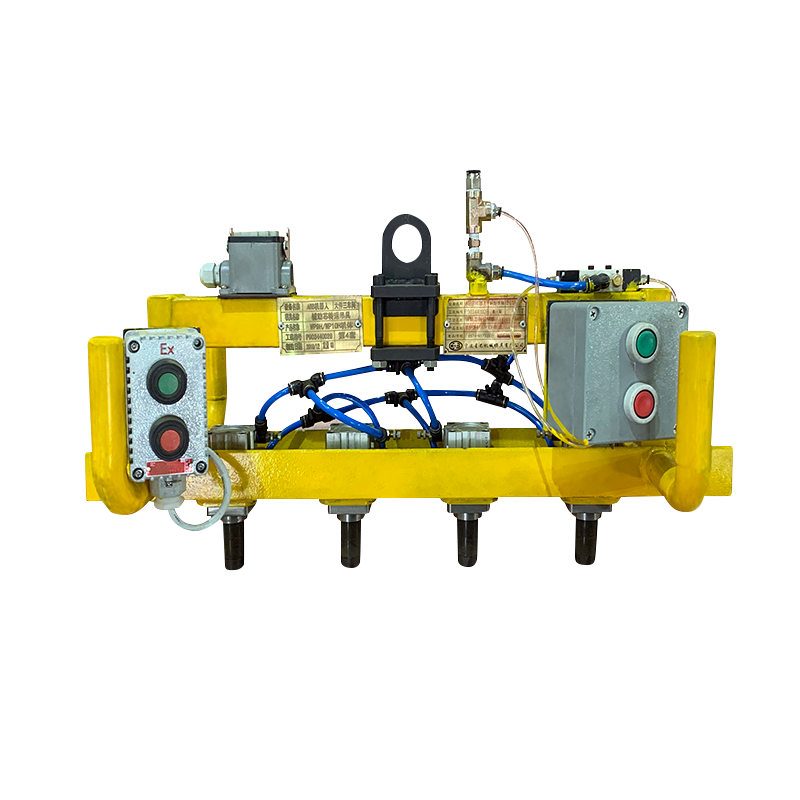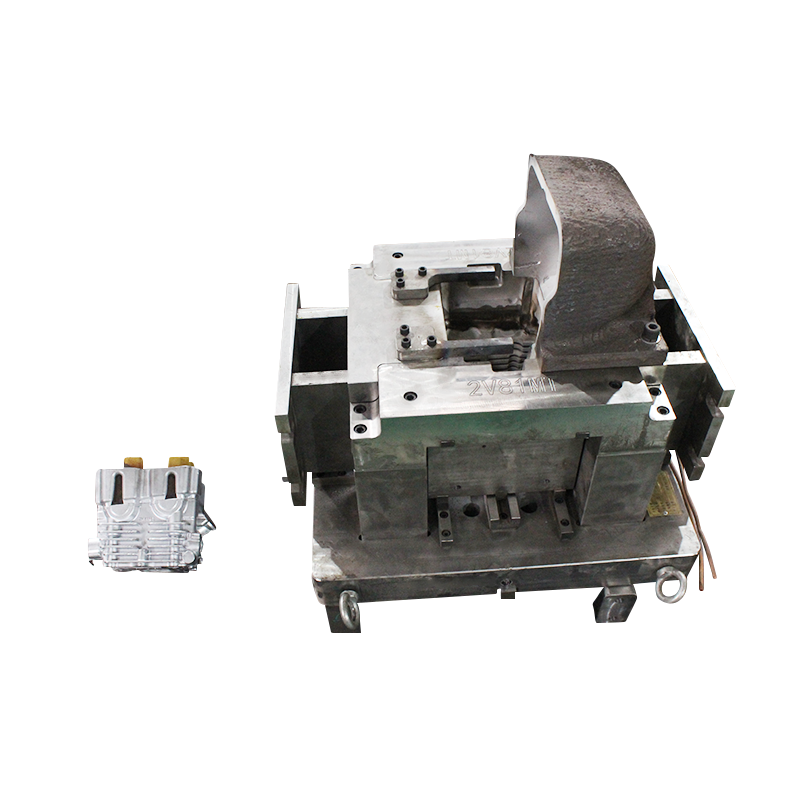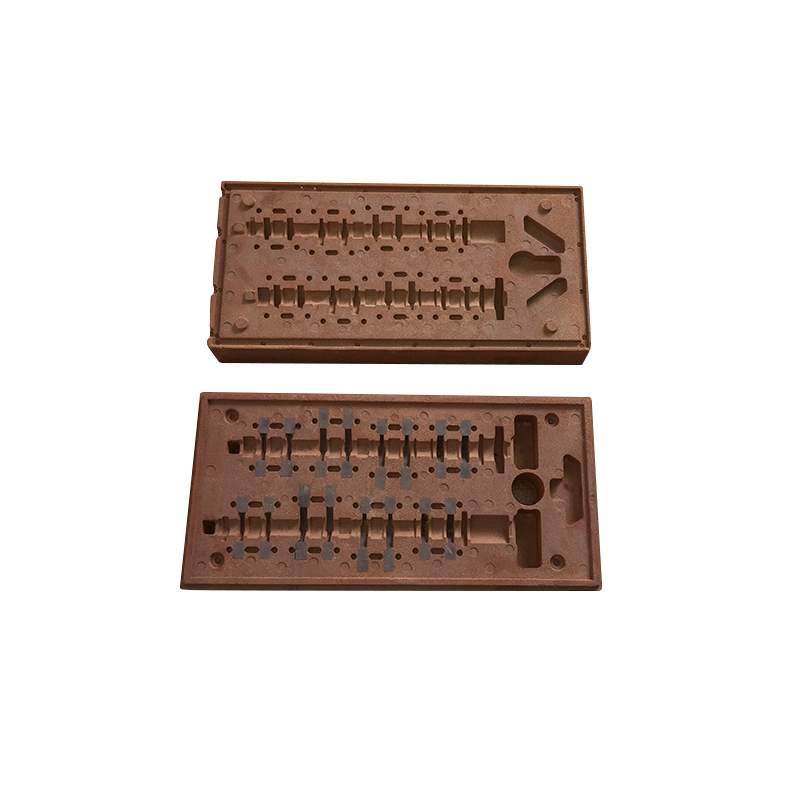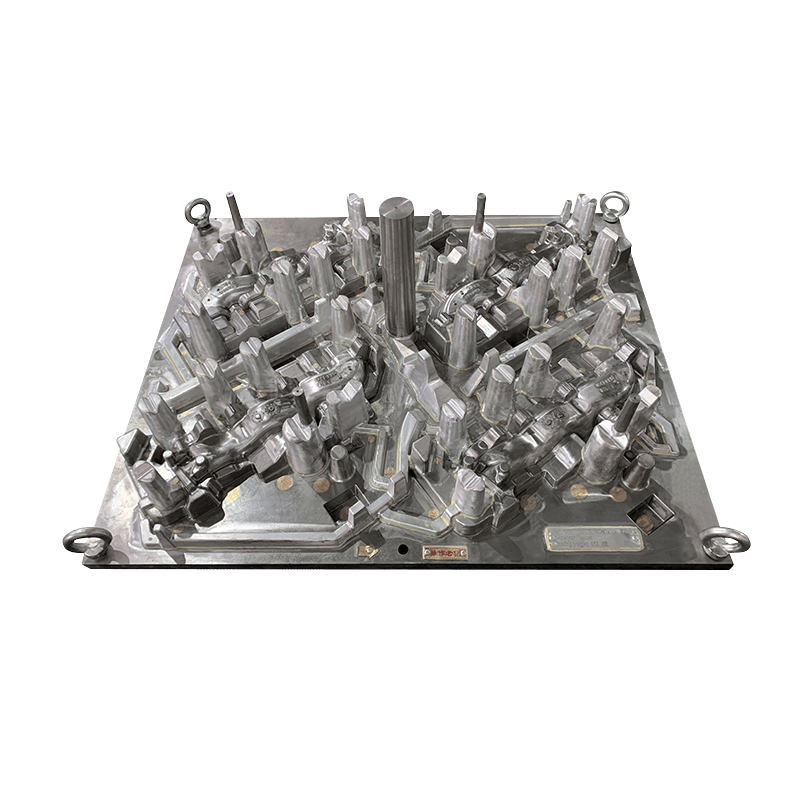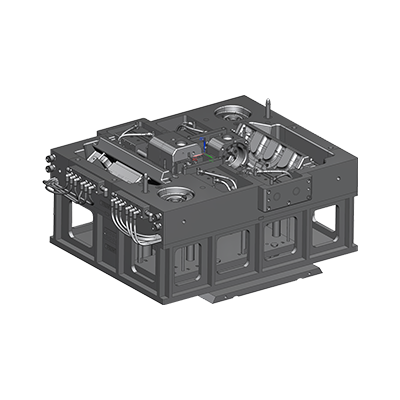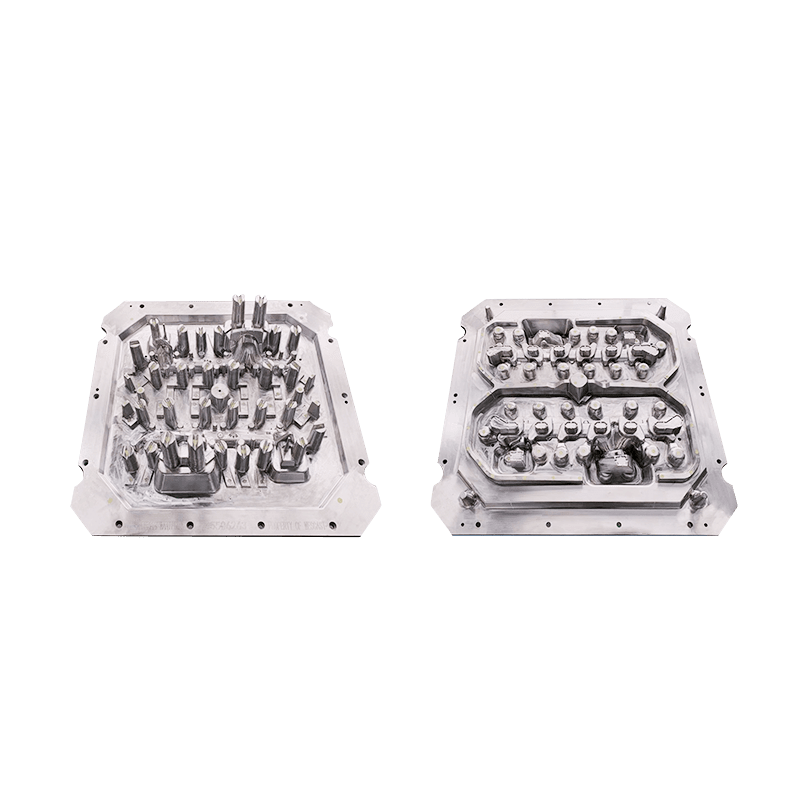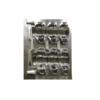The manufacturing process of auto engine moulds has evolved significantly over the years, driven by technological advancements and the need for increased precision, efficiency, and flexibility.
Traditional Manufacturing Process
The traditional manufacturing process of auto engine moulds involves several well-established stages:
Design and Prototyping:
Engineers create detailed designs of the moulds using Computer-Aided Design (CAD) software.
Prototypes are often produced through subtractive manufacturing processes, such as milling or turning, to validate the design before full-scale production.
Tooling Fabrication:
Tooling fabrication includes the production of various mould components like cavity inserts, core inserts, cooling channels, and runner systems.
Conventional machining techniques, such as milling, turning, grinding, and electrical discharge machining (EDM), are employed to shape these components from blocks of high-grade tool steel or other selected materials.
Complex geometries are achieved through meticulous precision machining, including micro-milling and micro-drilling.
Heat Treatment and Surface Finishing:
The mould components undergo heat treatment processes to enhance their hardness, toughness, and durability.
Surface finishing techniques like polishing or coatings are applied to reduce friction, improve material flow during injection molding, and extend the lifespan of the mould components.
Assembly and Testing:
The individual mould components are assembled to form the complete mould structure.
Rigorous testing is conducted to ensure that the mould meets design specifications, dimensional tolerances, and performance benchmarks.
Technological Advancements
Technological advancements are revolutionizing the manufacturing process of auto engine moulds, leading to increased precision, efficiency, and adaptability. Some key innovations include:
Additive Manufacturing (3D Printing):
Additive manufacturing techniques, such as selective laser melting (SLM) or direct metal laser sintering (DMLS), are being adopted for producing mould components.
3D printing allows for the creation of complex geometries that are challenging to achieve through traditional machining methods. This flexibility in design can lead to optimized cooling channels and other intricate features.
The rapid prototyping capabilities of 3D printing enable faster design iterations and validation.
Advanced CNC Machining:
High-precision CNC machining continues to advance with the development of multi-axis machines and high-speed spindles.
These advancements allow for even finer tolerances and smoother surface finishes, critical for precision mould components.
CAM software, which generates toolpaths for CNC machines, has become more sophisticated, optimizing machining strategies for efficiency and accuracy.
Smart Manufacturing and Industry 4.0:
Auto engine mould production is integrating with smart manufacturing principles. Sensors embedded within moulds collect real-time data on factors like temperature, pressure, and wear.
This data is used for predictive maintenance, ensuring that moulds are serviced and replaced before they fail, minimizing downtime.
Automation and robotics are increasingly utilized for tasks like material handling, quality inspection, and even some machining processes.
Simulation and Virtual Prototyping:
The use of simulation software has grown in importance. It allows engineers to predict how mould designs will perform before physical prototypes are built.
Virtual prototyping helps optimize designs for factors like mold filling, cooling, and part quality.
This reduces the need for costly physical iterations and accelerates the development cycle.


 Pусский
Pусский Español
Español